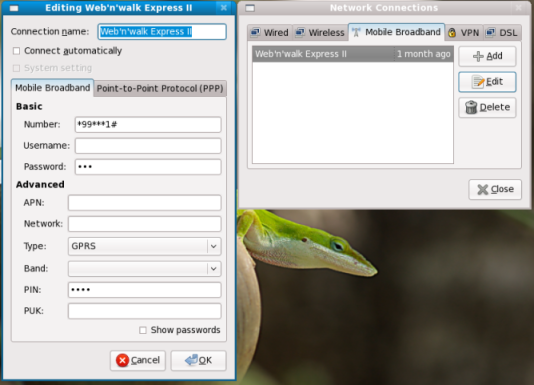I had to shift through a ton a data today and after I was have way through I realized that I would be easier to express and analyze the data if it was transposed o just filled in the other way around (rows and columns). On any other day or a different stage of the work I would have retyped it, but I got lazy and found this link and all you have to do is a special paste and check the transpose box.
Incredible!
The best thing is that it works both in M$ Office and Open Office.
Updated 2013/09/04:
As reader Blub kindly pointed out, the link I had was dead so, here is the information directly
- Select the range of cells containing the data that is to be transposed.
- Click Edit and select Cut.
- Select a cell in the spreadsheet that the table will start.
- Click Edit and select Paste Special.
- In the Options section, check the Transpose checkbox.
- Click OK
Additionally here are some links if you want to see the screen shots:
MS Office or Open Office Calc

 After test driving the latest version of VMware Workstation: 6.5.0. I must say that they fixed most of the small things that made it
After test driving the latest version of VMware Workstation: 6.5.0. I must say that they fixed most of the small things that made it 
